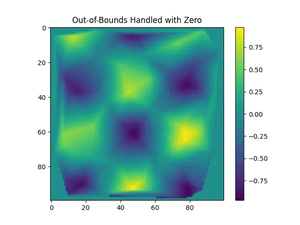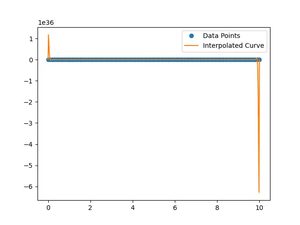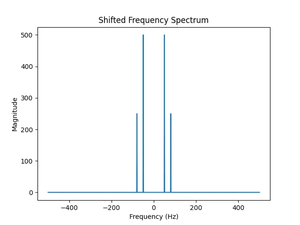Understanding the Error
The NumPy library is an essential tool in the Python ecosystem for numerical computing. However, beginners and even experienced users often encounter the TypeError: ‘numpy.float64’ object cannot be interpreted as an integer. This error can be frustrating, but understanding its root causes and solutions can help mitigate it effectively.
Why It Occurs?
This error typically occurs when a float64 type, instead of an integer, is used in a context where an integer is required. Most common situations include indexing arrays, defining shapes of new arrays, or setting parameters that expect integer values.
Solutions to Fix the Error
Solution #1 – Explicit Type Conversion
Manually converting the float64 value to an integer type is the most straightforward method. However, it’s crucial to understand that this can lead to data loss because the decimal part will be truncated.
- Step 1: Identify where the float64 type is used incorrectly.
- Step 2: Use the
int()function to explicitly convert the float to an integer.
Code Example:
import numpy as np
arr_shape = np.float64(5.0)
fixed_shape = int(arr_shape)
new_arr = np.zeros(fixed_shape)
print(new_arr)
Output:
[0. 0. 0. 0. 0.]Notes: Simple to implement but may not always be suitable if retaining decimal values is important.
Solution #2 – Use numpy functions for conversion
For operations within NumPy, utilizing its own functions like numpy.rint() or numpy.floor() can be more appropriate. These functions provide different ways to handle the conversion, potentially preserving more context of the original value.
- Step 1: Choose a suitable NumPy function for conversion based on the desired behavior (truncate, round, etc.).
- Step 2: Apply the function to your float64 variable.
Code Example:
import numpy as np
flt_value = np.float64(7.9)
integer_value = np.rint(flt_value).astype(int)
print(integer_value)
Output: 8
Notes: Offers a more nuanced approach compared to blunt truncation, but requires familiarity with the range of available NumPy functions.
Solution #3 – Structured Data Handling
When dealing with structured data or constructing complex structures like matrices, ensuring the compatibility of data types upfront can prevent errors. Using integer data types from the beginning for indices, counts, or dimensions is the most fail-safe method.
- Step 1: Review the design of your data structure or algorithm to identify where float64 types are being used mistakenly as integers.
- Step 2: Redefine these points with integer types right from the start.
This solution pertains to design practices rather than specific code adjustments.
Notes: This preemptive approach is best for new projects or when you have the opportunity to refactor existing code. It avoids the error altogether but requires careful planning.
Conclusion
Encountering a TypeError: ‘numpy.float64’ object cannot be interpreted as an integer in NumPy can be a disruptive experience. However, by understanding the error’s origins and applying targeted solutions, you can quickly move past this obstacle. Each method has its own set of considerations, but together they offer a comprehensive toolkit to address and prevent the issue.











